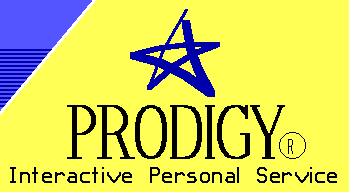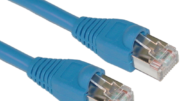I have a friend who mocks AOL users. I’m talking about the folks who have had the same email address since 1998 and still actually use it. Today, to give someone your AOL email account is to risk being marked as a rube, to be asked if you’re still on dial-up, to plant visions of giant tube monitors in the heads of anyone you talk to.
But is it really that bad?
A little bit about AOL
America Online, as it was originally called, launched in early 1991 as one of the first popular graphical dial-up services. It wasn’t the first; that honor belonged to Prodigy, which probably deserves its own article at some point.

America Online didn’t run on Windows. Back then, that would have made it impossible for most people to use it, because their computers wouldn’t handle it. It ran on a platform called GeoWorks, which was a lot like Windows, but it could run on pretty much any computer of the day.
AOL, as it was quickly nicknamed, became popular just by sheer force of will. The company blanketed the market with floppy disks with their software pre-installed. These were sent by mail.

Good heavens, that makes me feel old.
AOL sent so many disks out, that I probably didn’t actually buy blank disks for about five years. I wasn’t the only one, I’m sure.
AOL soars and sinks
Believe it or not, there was a time when AOL could do no wrong. The company soared in the 1990s, buying out tech companies left and right, and eventually buying Time Warner (which was later sold to AT&T.) At one time it seemed foolish to even compete against them. Yet, as early as the 2000s, AOL users began to be scorned by the more tech-forward internet community. AOL was a walled garden full of dial-up users and the future was more about DSL, fiber, and wireless.
AOL never grew past its early-2000’s glory days, and it slowly sold off its acquisitions until the company itself was bought by Verizon in 2015. But, the story didn’t end there.
AOL today
Today, AOL is a provider of free email services, as they continue to serve a fairly large community. In addition to supplying email to AOL customers, they also service Yahoo, Compuserve, Verizon, and some Frontier emails. Surprisingly, they also still offer dialup.
It took some digging and a couple of actual phone calls, but it turns out you can still get AOL dialup for about $80/year. The company doesn’t want to say how many people actually use that service. There’s also no real understanding of how they can maintain a network of dial-up connections.
I tried out AOL Mail
It turns out I still actually have an email address administered by AOL, left over from a former internet provider. I hadn’t logged onto it in years, but it was still there. Honestly, it’s not the most modern-looking webmail experience, but it worked. Surprisingly, the account had been managed fairly well, spam-wise; there were tens of thousands of spam emails in the junk box but very few in the main inbox. Most of the emails there were unsolicited, but they were from companies I’d given my address to at one point.
As far as basic email services, it was actually pretty functional. And, you get an aggregated home page with stories of the day, just like you used to with Yahoo way back when. I didn’t find it comforting, but I imagine there are people who would.
Time to end the stigma
I think it’s time to end the stigma of the AOL email address. So what, I say. So you have an address @aol.com. You’re still going down the same internet pathways as everyone else. You’re probably using that address because your friends have had it for decades and because after all these years there’s STILL not a great way to send out “change of address” messages for email accounts you don’t want to keep.
Maybe it’s time to congratulate those folks who got on the internet early and stayed on. Maybe it’s time to make an AOL or Hotmail address a badge of pride. We’re rethinking a lot of stuff right now, why don’t we rethink that?





